-
×
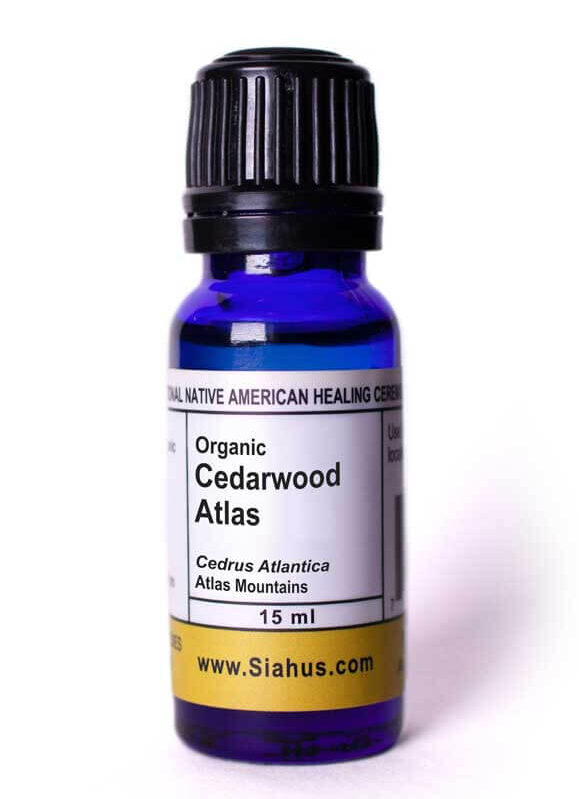
Cedarwood Atlas
$14.00
Cassia
$20.00
Country of Origin: India, Organic
Botanical Name: Cinnamomum cassia
Plant Part: Leaves or Bark
Note: A Little Spicy, but Warm, and Cinnamon Like
Toll Free:
1-888-267-0194
Customer Service:
417-683-0149
Description
CLICK HERE FOR PRINTABLE INFORMATION
Man Found Standing Writes:
Cassia Bark, Organic: India (Cinnamomum cassia)
One of the species from the Cinnamon family, Cassia has a long traditional use as a spice and medicine. It is recorded in one of the oldest papyrus records for medicinal recipes and is mentioned three timed directly in the Bible and over sixty times indirectly. This evergreen tree originated in China but has spread throughout Asia. Most all of the spice labeled as Cinnamon that is sold in the United States is really Cassia. Many of its medicinal and therapeutic properties are also shared with Cinnamon, however, Cassia is considered by most to have a more enjoyable flavor due to its higher concentration of Cinnamaldehyde.
Like Cinnamon, the Cassia oil on the market is from either sold as oil obtained from its leaves or bark. The leaves produce less therapeutic oil but is about half the cost of the oil from the bark. Cinnamaldehyde was first synthesized in 1854so a lot of companies sell the synthetic, adulterated, or the leaf oil as Cassia Bark oil to make more money. For our therapeutic practices to just use the more therapeutic bark oil from a trusted source and mix with a carrier oil according to our desired use.
Primary Usages: It is a strong antibacterial, antiviral, and antifungal. Cassia was considered to be a prized anti-infectious treatment of ancient times (urinary, lung, mouth, and topical) and highly beneficial health tonic for digestive conditions (diarrhea, dysentery, intestinal infections, parasites, loss of appetite, adult intestinal toxemia, nausea, flatulent, gripe, bloating, colic, dyspepsia, and assists peristaltic movement). A natural immune system booster (colds, fevers, malaria, Candida, arthritis, rheumatism, inflammation, and edema). Beneficial for respiratory conditions (coughs, bronchitis, pleurisy, chest complaints).
Secondary Usages: May assist diabetes and lowering blood sugar. It relaxes tight muscles, ease joint pain, and menstrual cramps. Effective for skin infections (ringworm, boils, acne) and assists the heart (stimulates circulation and arteriosclerosis).
Has Been Reported: Internal use has shown beneficial results for treating cataracts. Use to assist and elevate one’s mood (depression, anxiety).
Descriptor: Antibacterial, Antiviral, Antifungal, Antimicrobial, Anti-Parasitic, Anti-infectious, Alterative
Application: Dilute heavily when applied to the skin and always use in small amounts. Diffuse and use with caution.
Caution: This is a “hot” oil and can irritate the mucous membranes. Use sparingly.
Influences: Powerful aroma that is stimulating and brings clearing and alertness to the mind. Releases the energies of “not enough” and invokes strength, boldness, and joy.
Medicine Wheel: Primary East and Secondary North and West. Cassia is one of the fifty fundamental Chinese herbs for traditional medicine.
Recipes: Add a few drops to baking and we love it on sweet potatoes or squash right before serving.
Only logged in customers who have purchased this product may leave a review.

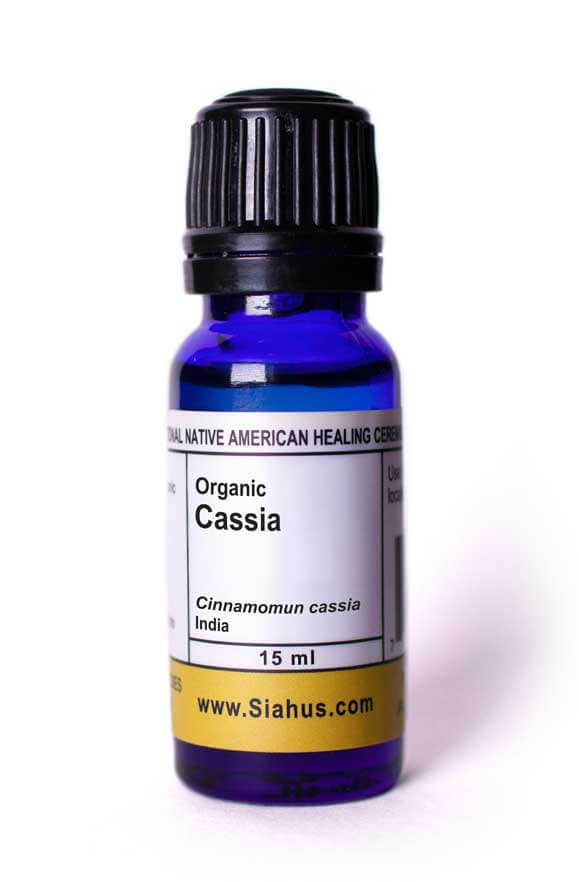
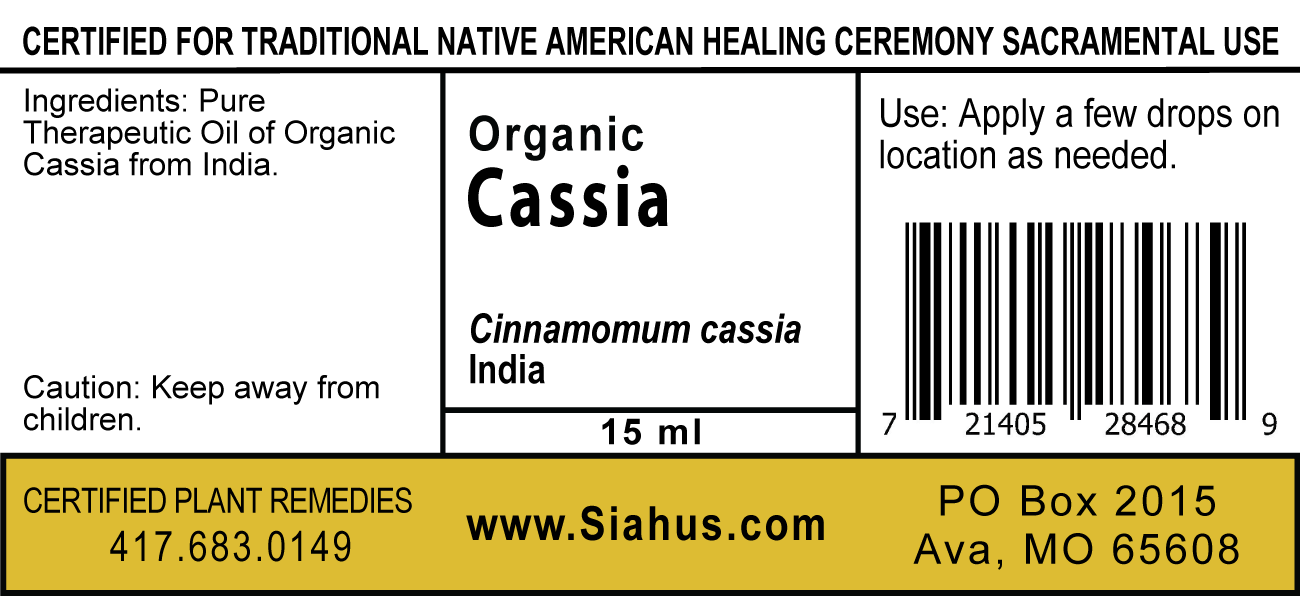
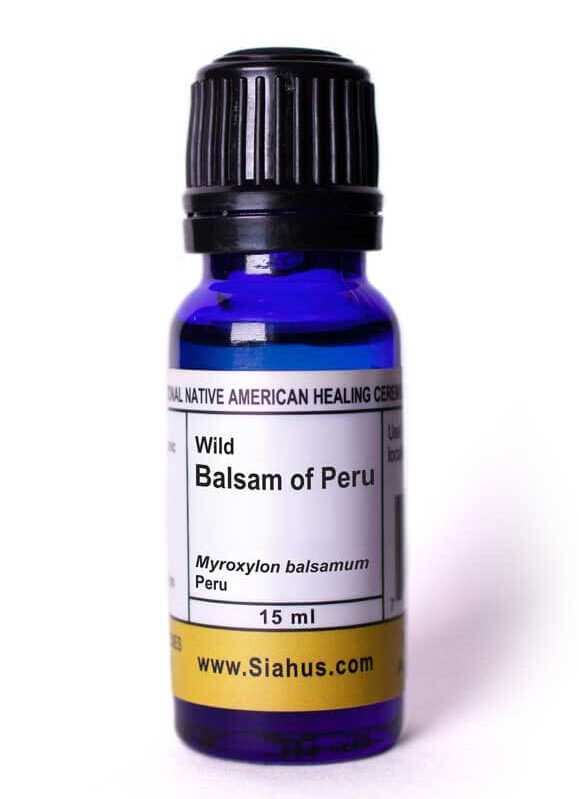
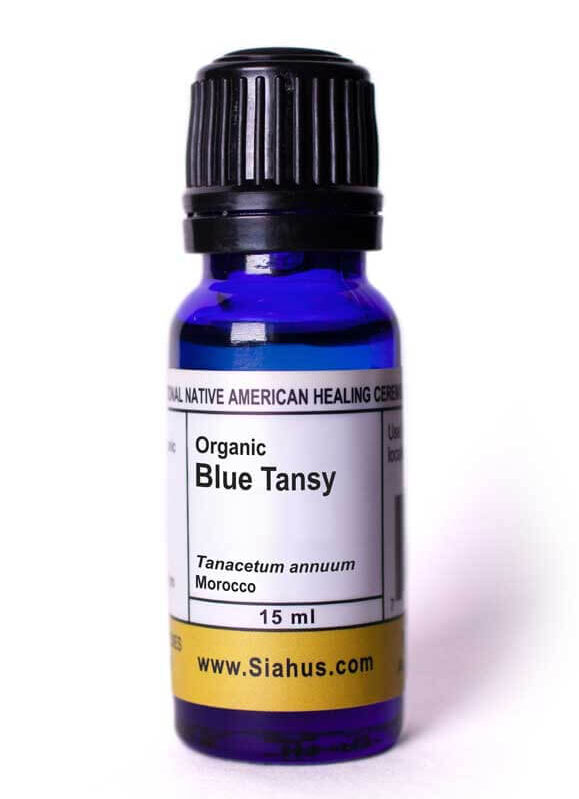
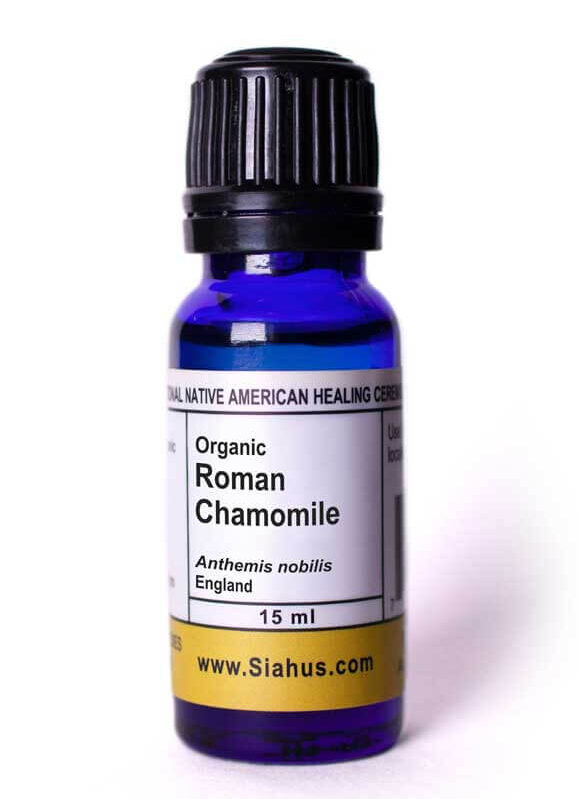
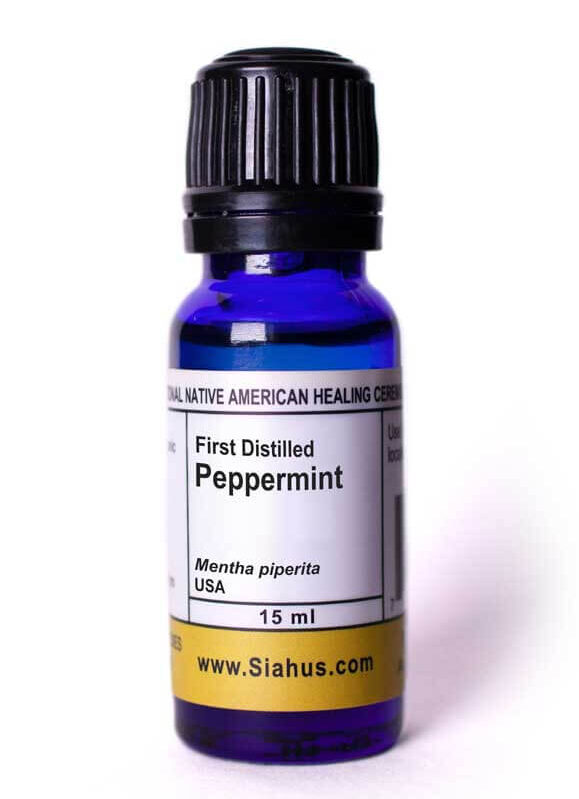

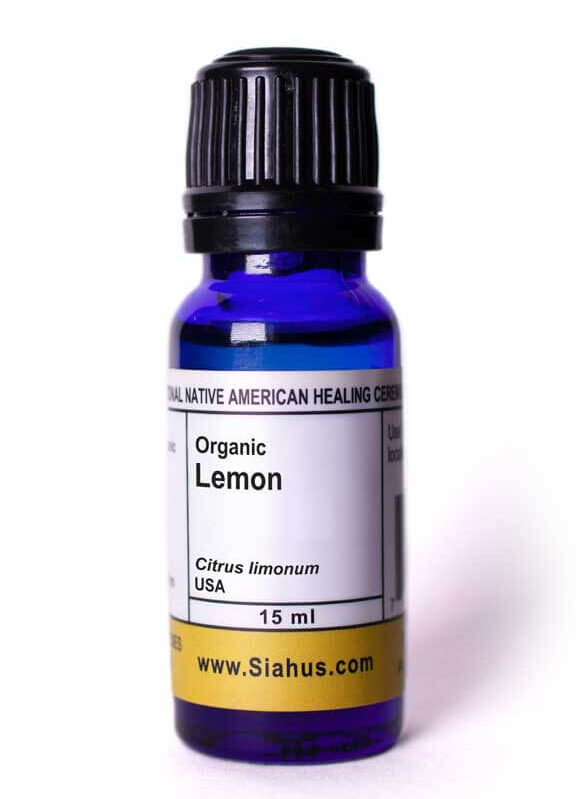

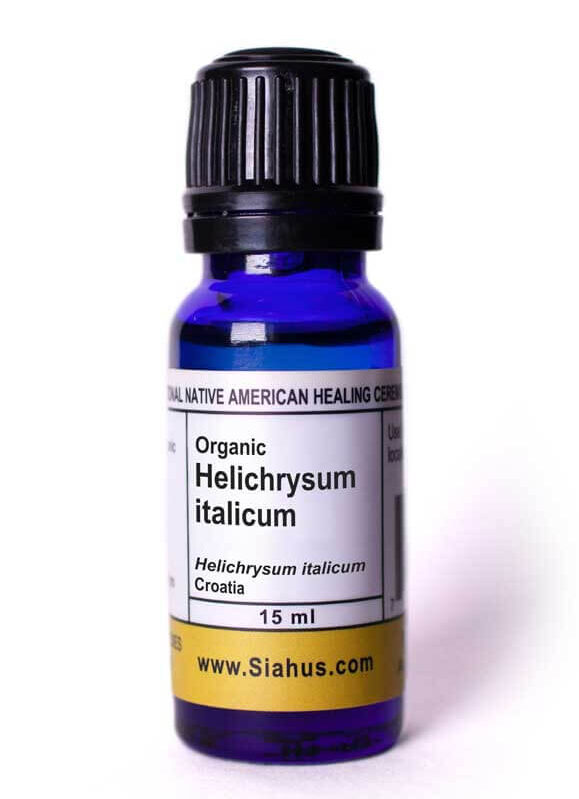
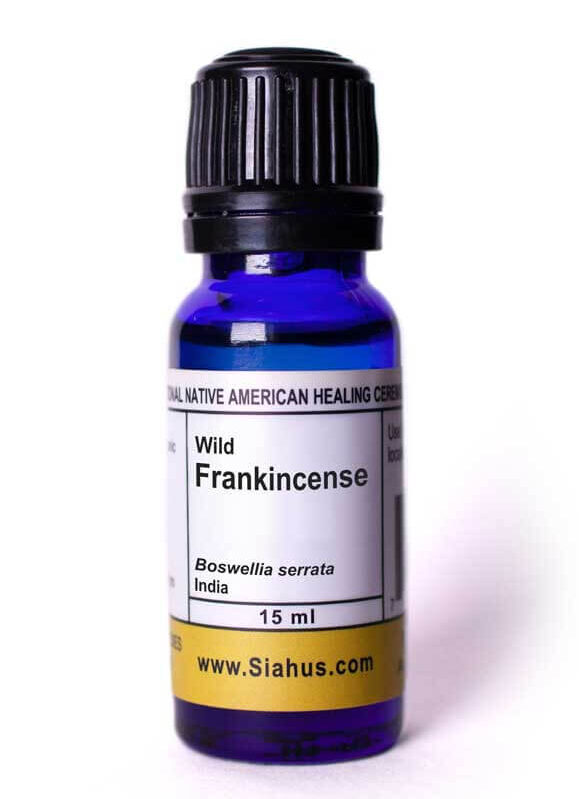
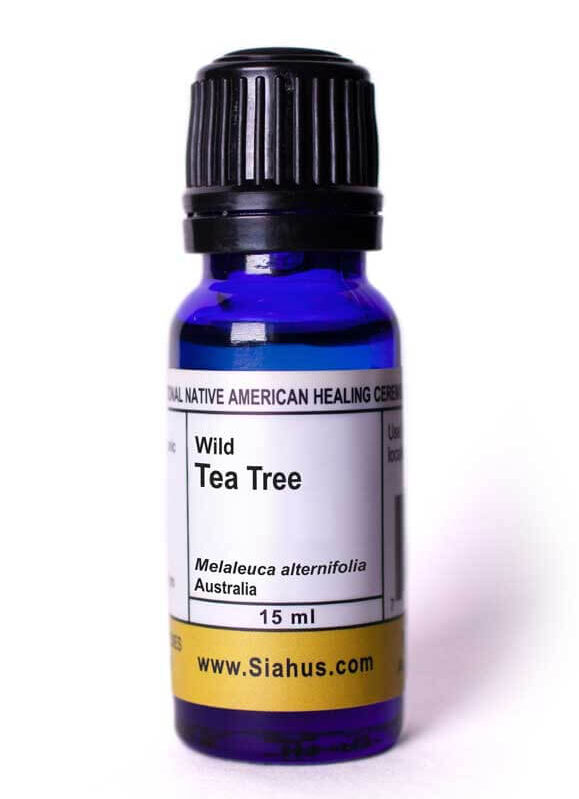
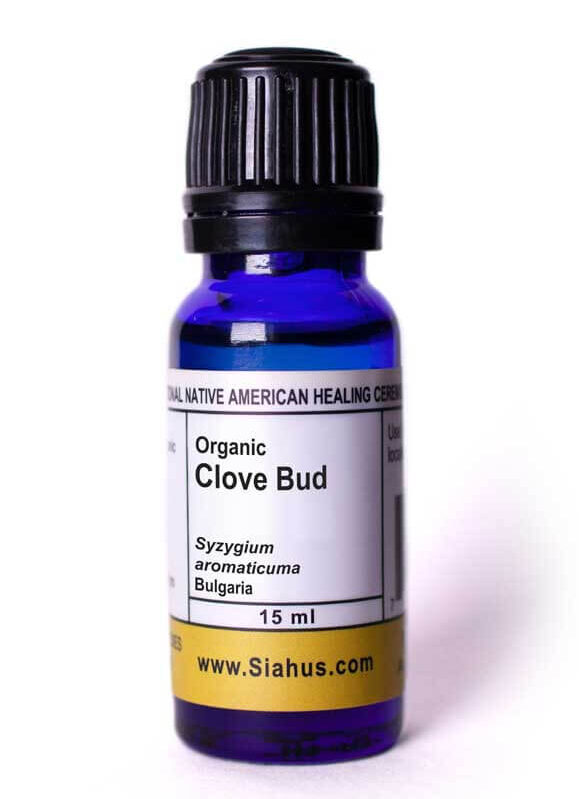
Reviews
There are no reviews yet.